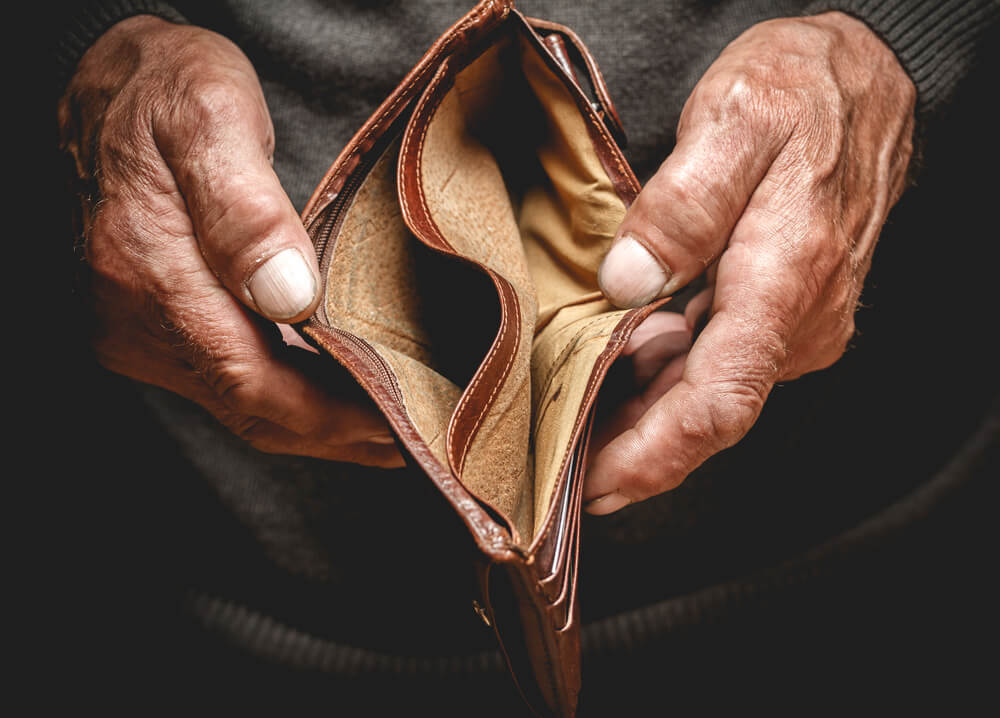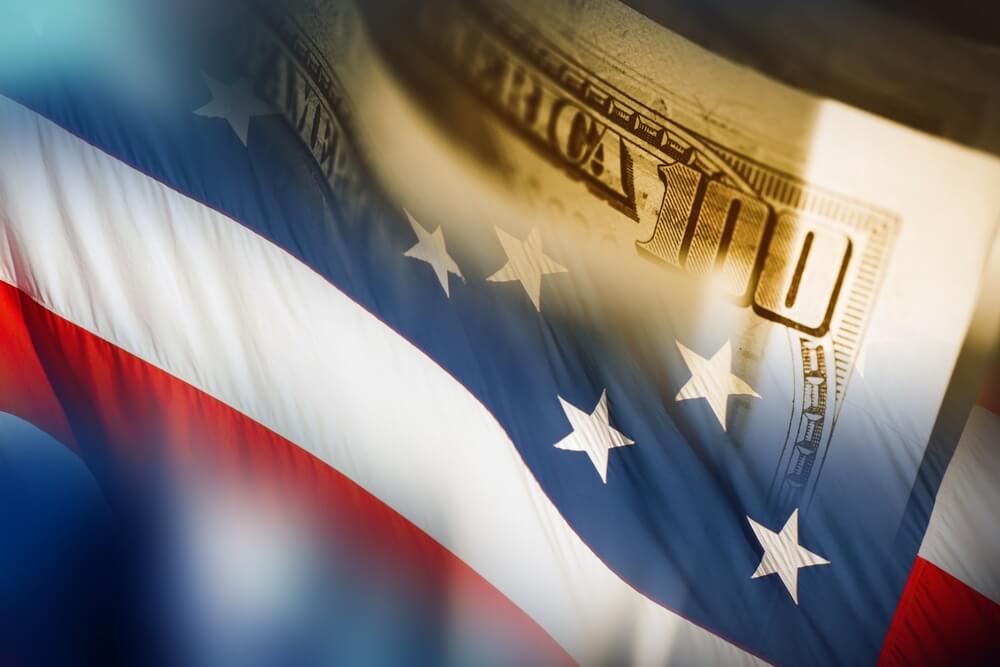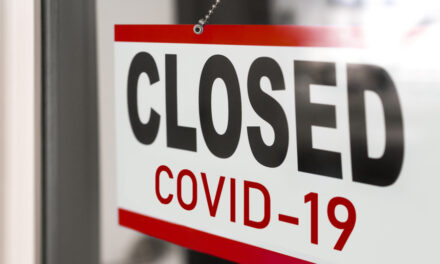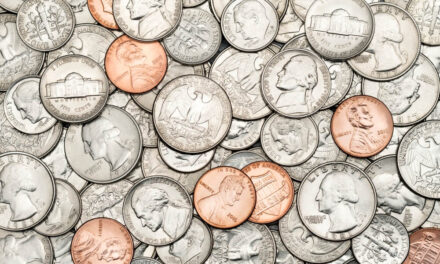When it comes to the stock market, we’ve heard one word over and over: hope.
Whether it’s for a coronavirus vaccine, more stimulus or the Federal Reserve’s actions, hope seems to guide investor behavior.
Lately, the stock market looks as if there is no real economic crisis.
After a 34% drop in March, the S&P 500 Index is close to its record high again. The tech-heavy Nasdaq already reached that point.
This is in the midst of a pandemic that’s plunged the global economy into a recession.
But remember: The stock market is not the economy.
Investors hope that trillions in stimulus will pull the economy out of recession — and back to the glory days before the COVID-19 crash.
The longest bull market run in history, which ended in March 2020, lasted nearly 11 years!
The stock market acts like nothing is going on.
But the economic recovery won’t come as fast as hopeful investors think.
Here’s why.
Pain Ahead for U.S. Households Amid the Economic Recovery
 At the height of the coronavirus crash, federal lawmakers passed a $2.2 trillion stimulus package. It included $600 per week in additional unemployment benefits.
At the height of the coronavirus crash, federal lawmakers passed a $2.2 trillion stimulus package. It included $600 per week in additional unemployment benefits.
That was great news for millions of Americans as businesses shut down to prevent the spread of the virus.
The package also included a one-time $1,200 stimulus check for Americans who met certain guidelines.
One estimate said the stimulus package added $3 of extra income for every $1 that was lost to the shutdown. That’s great for an economic recovery.
But the $600 unemployment benefit expires at the end of July. And Congress has yet to decide if it will extend it.
The $1,200 check was also a one-time deal.
So, the increase in benefits helped.
However, a breakdown of personal incomes in the U.S. from December 2019 to May 2020 signals trouble ahead.
Personal Incomes Falling Off
The 10.4% boost in personal income in April was a direct result of the stimulus.
When the stimulus money dries up, that extra household income is gone.
The Debt Drop-off
Investors also hold out hope for a quick economic recovery. That’s thanks to the Federal Reserve.
The central bank has its money-printing press on overdrive. It pumps funds into the economy at the first signs of distress.
It’s helped banks continue lending to individuals and businesses. But banks have reined in the lending.
More than 100 million customer accounts are in forbearance or deferral plans. Account holders are behind on their payments.
Consumers are also paring back their debt.
Consumer Loans on the Decline
Because the U.S. economy is driven in large part by debt, this signals a dramatic slowdown in economic growth. And that means a slower economic recovery.
Our Takeaway on the Economic Recovery
Stock prices have blown up because of that investor hope I’ve been talking about.
But those gains won’t last. That’s especially true for stocks exposed to consumers and borrowing.
So, the four sectors to avoid are:
- Banks.
- Travel.
- Discretionary retail.
- Industrial.
Better bets with the growing possibility of a second lockdown?
- Consumer staples.
- Technology.
Remember: Hope is not an investment strategy.
We’re here to guide you through this difficult time. We’re doing our homework and reading with a clear eye.





